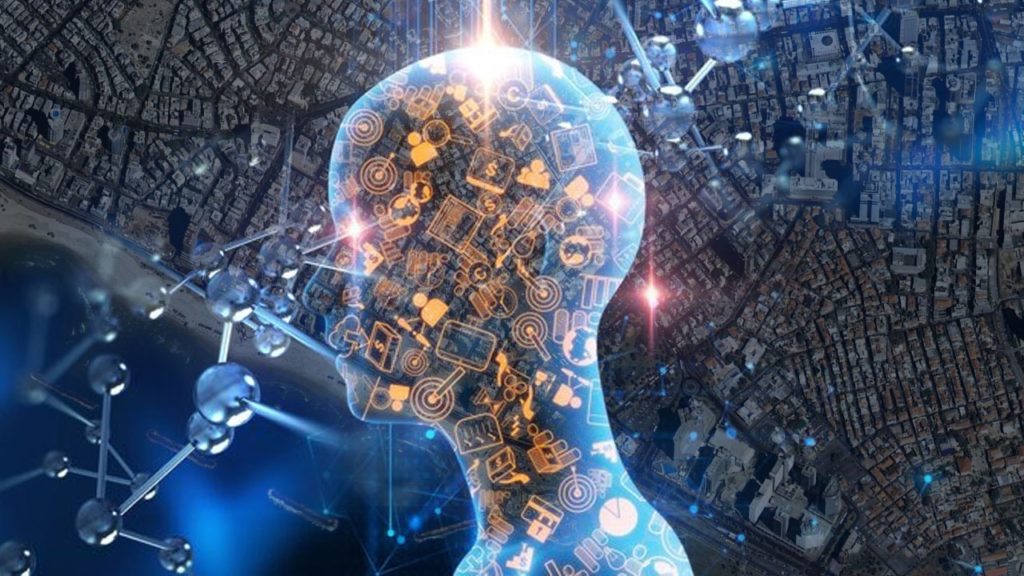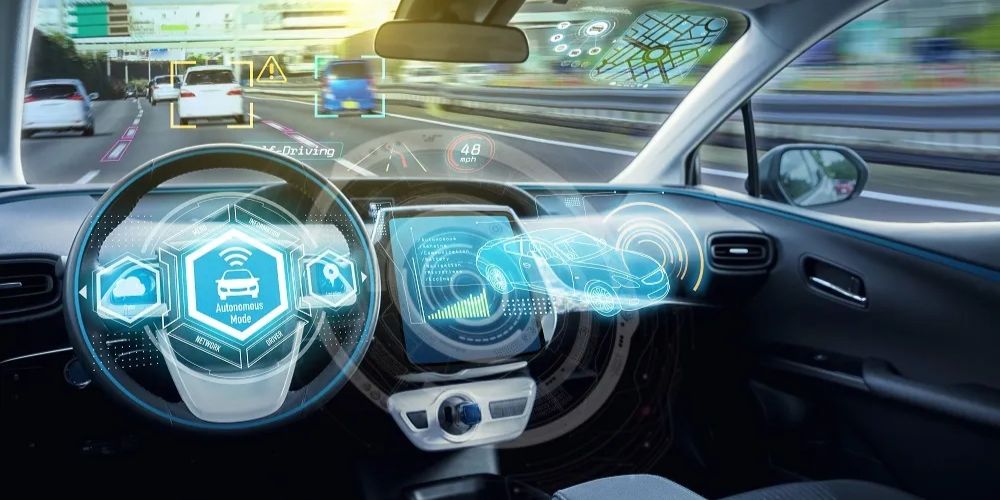Benefits of Using IoT and AI Together

The convergence of the Internet of Things (IoT) and Artificial Intelligence (AI) represents a significant evolution in technology, promising transformative impacts across various industries. The fusion of these two technologies enables the creation of intelligent systems capable of sensing, learning, and making decisions autonomously. This article explores the myriad benefits of using IoT and AI together, highlighting their synergistic potential to drive innovation and efficiency.

Understanding IoT and AI
Internet of Things (IoT)
IoT refers to the network of physical objects embedded with sensors, software, and other technologies to connect and exchange data with other devices and systems over the internet. These objects, or “things,” can range from household appliances and wearable devices to industrial machines and infrastructure components. The primary aim of IoT is to enhance the utility and efficiency of these objects by enabling real-time data collection, monitoring, and control.
Artificial Intelligence (AI)
AI encompasses a range of technologies and techniques that enable machines to perform tasks that typically require human intelligence. This includes capabilities such as learning, reasoning, problem-solving, perception, and language understanding. AI systems can process vast amounts of data, recognize patterns, and make decisions with minimal human intervention, thanks to advanced algorithms and machine learning models.
Read more: Top 10 AI and Machine Learning Trends for 2024
The Synergy Between IoT and AI
The integration of IoT and AI creates a powerful synergy that amplifies the strengths of each technology. IoT devices generate massive amounts of data, while AI systems have the capability to analyze and derive actionable insights from this data. This combination leads to intelligent automation, enhanced decision-making, and improved operational efficiency across various domains.
Enhanced Data Analysis and Decision-Making
One of the most significant benefits of combining IoT and AI is the ability to analyze vast datasets in real-time. IoT devices continuously collect data from their environment, creating a rich source of information. AI algorithms can process this data, identifying patterns, anomalies, and trends that may not be immediately apparent to human analysts. This enhanced data analysis enables organizations to make informed decisions quickly and accurately.
For instance, in the manufacturing sector, IoT sensors can monitor equipment performance and detect signs of wear and tear. AI algorithms can analyze this data to predict when a machine is likely to fail, allowing for proactive maintenance and reducing downtime. This predictive maintenance approach can save companies significant costs and improve overall productivity.
Read more: The Ultimate Tech Stack for Real-Time Analytics
Improved Operational Efficiency
The integration of IoT and AI can significantly enhance operational efficiency by automating routine tasks and optimizing resource allocation. In smart homes, IoT devices can monitor energy usage, lighting, and security systems. AI algorithms can analyze this data to identify patterns and suggest energy-saving measures or automate adjustments to optimize energy consumption.
In the logistics and supply chain industry, IoT sensors can track the location and condition of goods in transit. AI algorithms can analyze this data to optimize routes, predict delivery times, and manage inventory levels. This level of automation and optimization can lead to cost savings, improved delivery accuracy, and enhanced customer satisfaction.
Read more: A Complete Guide to Robotic Process Automation (RPA)
Personalized Customer Experiences
The combination of IoT and AI enables businesses to deliver highly personalized customer experiences. IoT devices can collect data on customer behavior, preferences, and usage patterns. AI algorithms can analyze this data to create personalized recommendations, offers, and services.
For example, in the retail industry, IoT-enabled smart shelves can track product availability and customer interactions. AI algorithms can analyze this data to provide personalized product recommendations and targeted marketing campaigns. This level of personalization can enhance customer satisfaction, increase sales, and foster customer loyalty.
Enhanced Security and Risk Management
IoT devices are often used in critical infrastructure, healthcare, and other sensitive areas where security is paramount. The integration of AI can enhance the security and risk management capabilities of IoT systems. AI algorithms can analyze data from IoT devices to detect anomalies, identify potential security threats, and respond in real-time.
In the healthcare sector, IoT devices can monitor patients’ vital signs and health conditions. AI algorithms can analyze this data to detect early warning signs of medical conditions and alert healthcare providers. This proactive approach can improve patient outcomes and reduce the burden on healthcare systems.
Smart Cities and Infrastructure
The integration of IoT and AI is a cornerstone of smart city initiatives. IoT sensors can monitor various aspects of urban life, including traffic flow, air quality, energy usage, and public safety. AI algorithms can analyze this data to optimize city operations, improve public services, and enhance the quality of life for residents.
For instance, in traffic management, IoT sensors can monitor traffic conditions in real-time. AI algorithms can analyze this data to optimize traffic signals, reduce congestion, and improve overall traffic flow. This can lead to reduced travel times, lower emissions, and improved urban mobility.
Read more: 10 Remarkable Artificial Intelligence Applications in 2024
Advancements in Healthcare
The healthcare industry stands to benefit immensely from the convergence of IoT and AI. IoT devices can continuously monitor patients’ health, collecting data on vital signs, activity levels, and other health metrics. AI algorithms can analyze this data to detect early signs of disease, monitor chronic conditions, and personalize treatment plans.
For example, wearable IoT devices can monitor a patient’s heart rate, sleep patterns, and physical activity. AI algorithms can analyze this data to identify patterns and provide personalized health recommendations. In the case of chronic disease management, IoT devices can monitor patients’ adherence to medication schedules, while AI algorithms can provide real-time feedback and support.
Industrial Automation and Industry 4.0
The integration of IoT and AI is a driving force behind the fourth industrial revolution, or Industry 4.0. In industrial settings, IoT sensors can monitor equipment performance, production processes, and environmental conditions. AI algorithms can analyze this data to optimize production schedules, improve quality control, and reduce waste.
In manufacturing, IoT-enabled robots can perform repetitive tasks with high precision. AI algorithms can enhance these robots’ capabilities by enabling them to learn from experience and adapt to changing conditions. This level of automation can lead to increased productivity, reduced operational costs, and improved product quality.
Environmental Monitoring and Sustainability
The combination of IoT and AI can play a crucial role in environmental monitoring and sustainability efforts. IoT sensors can monitor air and water quality, soil conditions, and wildlife habitats. AI algorithms can analyze this data to identify trends, predict environmental changes, and inform conservation strategies.
For instance, IoT sensors can monitor air quality in urban areas, detecting pollutants and greenhouse gas emissions. AI algorithms can analyze this data to identify sources of pollution, predict air quality trends, and suggest mitigation measures. This can help cities develop effective strategies for improving air quality and reducing environmental impact.
Challenges and Considerations
While the benefits of combining IoT and AI are substantial, there are also several challenges and considerations to address.
Data Privacy and Security
The vast amounts of data collected by IoT devices raise significant privacy and security concerns. Ensuring the secure transmission, storage, and processing of this data is crucial to protect against cyber threats and data breaches. Organizations must implement robust security measures, including encryption, access controls, and regular security audits.
Interoperability and Standards
The diverse range of IoT devices and platforms can lead to interoperability issues. Ensuring that different devices and systems can communicate and work together seamlessly is essential for maximizing the benefits of IoT and AI integration. Developing and adhering to industry standards and protocols can help address these interoperability challenges.
Ethical Considerations
The use of AI in decision-making processes raises ethical considerations, particularly when it comes to issues of bias, transparency, and accountability. Organizations must ensure that AI algorithms are fair, transparent, and accountable, and that they do not perpetuate or exacerbate existing biases.
Conclusion
The integration of IoT and AI holds immense potential to transform various industries and improve the quality of life for individuals. By leveraging the strengths of both technologies, organizations can enhance data analysis and decision-making, improve operational efficiency, deliver personalized customer experiences, enhance security, and drive innovation in areas such as smart cities, healthcare, industrial automation, and environmental monitoring.
However, realizing these benefits requires addressing challenges related to data privacy, security, interoperability, and ethical considerations. By addressing these challenges and fostering collaboration between stakeholders, the full potential of IoT and AI can be unlocked, leading to a smarter, more connected, and more efficient world.
In conclusion, the synergy between IoT and AI represents a paradigm shift in technology, offering unprecedented opportunities for innovation and efficiency. As these technologies continue to evolve, their integration will play a critical role in shaping the future of industries and societies worldwide. Embracing this convergence will enable organizations to stay competitive, drive growth, and create a better, more sustainable future for all.
Contact us today to learn how AI can help transform your business.
